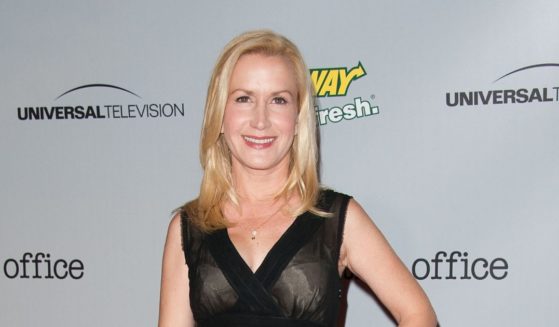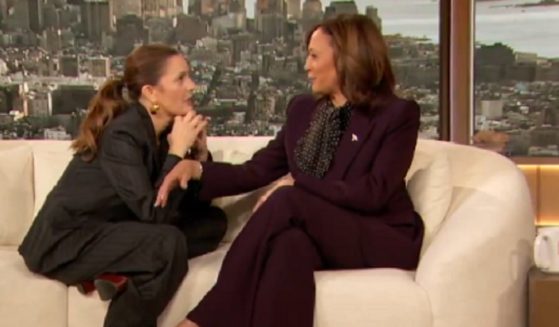Nintendo Officially Finished with One of Its Worst Systems Ever: A Wii U Retrospective
This writer would rather not admit how many video game systems he’s seen get sunset over the years — and years — but it’s pretty easy to admit that none of the ones I’ve seen go have been as weird as the Nintendo Wii U.
(Well, maybe the Nintendo Virtual Boy.)
Nintendo, for all of its recent warts, is still a generally more family-friendly entity more concerned with entertainment than activism, especially compared to its peers at Sony and Microsoft.
Given that fairly sterling reputation, that doesn’t mean the Big N hasn’t been without some big failures, and few failures are a bigger blemish on the Tokyo-based company’s track record than the Wii U.
The Wii U’s abysmal sales (a meager 13.56 million units sold through 2023) are particularly jarring given that its immediate predecessor was a massive smash hit.
The Wii, which came out in 2006, sold over 100 million units and those strong hardware sales for the innovative motion-based video game system gave Nintendo the gumption to take a big risk with its follow-up system, the horribly named Wii U.
The Wii U came out in 2012 and was Nintendo’s first stab at trying to create a hybrid portable-home video game console.
It was, again and by every metric, a colossal failure.
The attempt at being a hybrid left the Wii U both an underpowered home console and an inadequate portable console. The whole gimmick of the system was its gamepad, which had a touchscreen embedded in it. You could play something on the big television screen before switching to the gamepad to continue playing.
The issue was that the gamepad had to be on the same internet network as the home system, greatly diminishing the actual “portability” of the console.
Yet, for reasons we shall soon delve into, if you were to squint hard enough, you can actually make out a few “strengths” hidden deep within the circuitry boards of the Wii U.
And I want to bring those up because on Monday, April 8, 2024, Nintendo effectively pulled the plug on the system a dozen years after its release.
After yanking the online shop functionality in March 2023, Nintendo waited a little over a year to pull all online functionality from the system.
Owners of the Wii U can still play the system, obviously, but from this point forward, it’s a Nintendo system in name only as the company cuts the cord on it.
So with the system officially becoming something of a relic, here’s one Wii U owner’s retrospective on the system, broken down into three key pillars.
Exclusive Games: As is usually the case, Nintendo’s first party, second party and exclusive offerings were the Wii U’s lone (considerable) strength. While much of its biggest hits have since been ported to other systems, at the time, the Wii U was the exclusive home of criminally underrated video game gems like “Pokkén Tournament,” “Super Mario Maker,” “The Legend of Zelda: Breath of the Wild,” “Super Mario 3D World,” “Bayonetta 2,” “Mario Kart 8,” “The Legend of Zelda: The Wind Waker HD,” and “Xenoblade Chronicles X” (that last one is still stranded on the now defunct Wii U).
Exclusive games are not good for the industry as a whole, but they are the lifeblood of home consoles, so based just on this criteria, one would think the Wii U would be a rousing success.
The system, however, could not overcome the following two issues.
3rd Party Support: Oof.
The Wii U library suffered mightily from getting shoddy ports of multi-platform games and just a general lack of support from other companies in general.
Given the soft console sales of the Wii U, it’s hard to blame other video game developers for avoiding the costs of porting games to the system.
And that leads directly into the Wii U’s third problem.
Graphics: While Nintendo systems have never exactly been graphical powerhouses, the difference between the Wii U and the Xbox One and PlayStation 4 (both of which came out just a year after the Wii U) was a gaping graphical chasm.
Couple the poor graphics, poor sales and poor marketing of the system, and no amount of high grade exclusives could’ve saved Nintendo’s odd, quirky, fun and flawed system.
Truth and Accuracy
We are committed to truth and accuracy in all of our journalism. Read our editorial standards.












